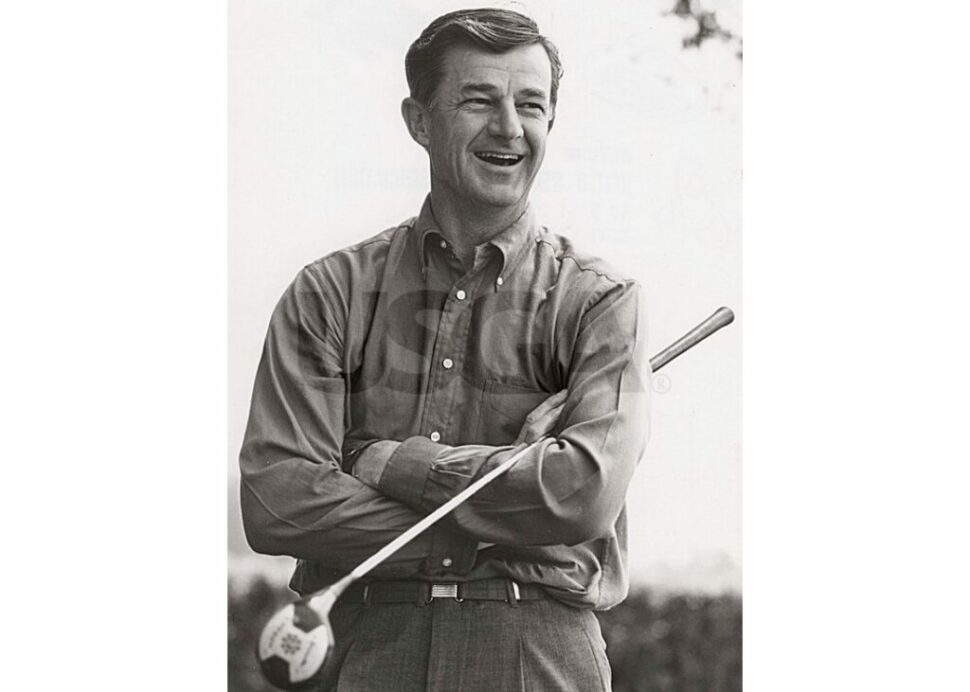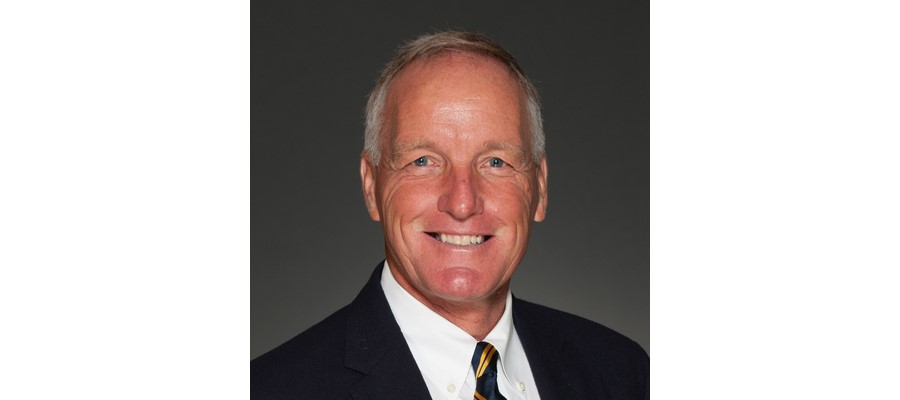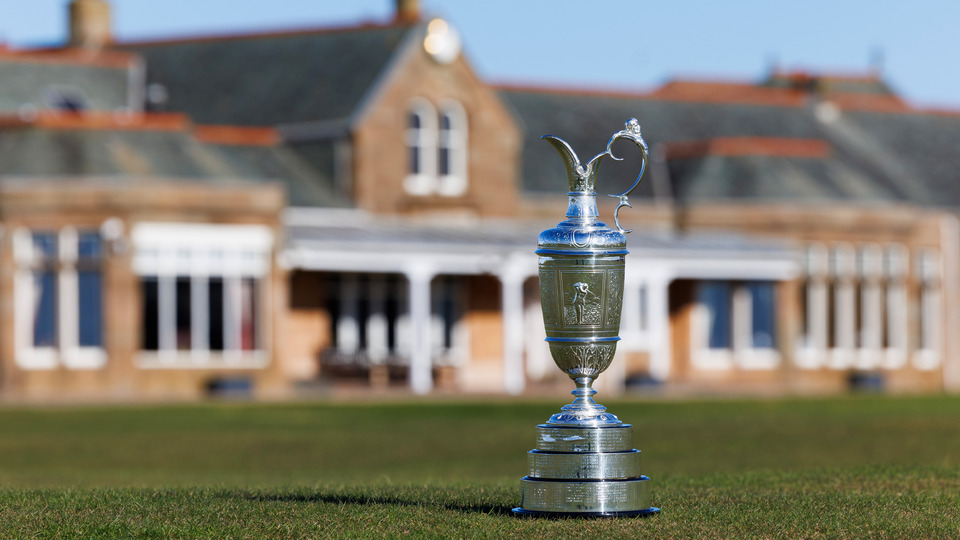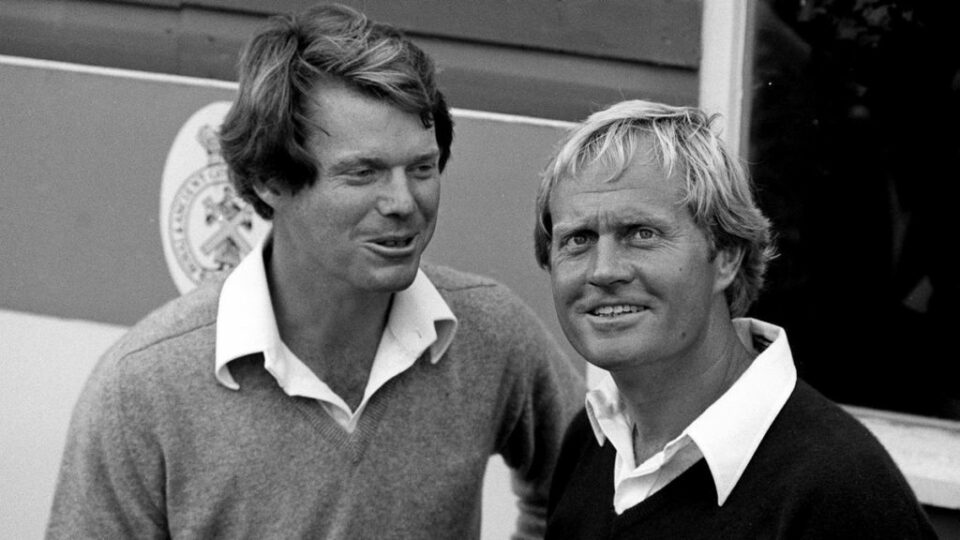
Estimated reading time: 10 minutes
BROOKLINE, MA. The one main storyline the United States Golf Association (USGA) does not want to see front and center during this week's 122nd U.S. Open is how the organization once again badly miscalculated the preparation for the host course in determining the champion of American golf.
That story has been played out in a number of past instances much to the chagrin of the USGA.
The Country Club has waited 34 years for an encore host role -- its fourth overall Open -- and the New England venue will showcase one of the most unique golf courses used for the championship. The club has 27 holes and a composite layout of 18 holes is routed to provide a thorough examination.

The U.S. Open is meant to be a grueling examination with the twin elements of a tough, but fair test. The words "tough" and "fair" are meant to have equal billing but there have been instances in years past where "tough" went over the line and became next to impossible. At that point, instead of an examination maximizing golf skills reverted to being nothing more than a game of chance.
Having had egg on one's face in the past is one thing -- having it resurface again is something the USGA wants to avoid at all costs. However, that stated aim is one thing -- seeing it through has been an issue at a number of past Opens.
The underlying premise of a U.S. Open is best encapsulated by former USGA President Frank "Sandy" Tatum, Jr., who when asked about the demanding nature of the 1974 championship at Winged Foot said so eloquently -- "We're not trying to humiliate the best players in the world -- we're simply trying to identify them." Many believed differently given how Johnny Miller's final round 63 at Oakmont was followed a year later with the winner Hale Irwin surviving with a seven-over-par total of 287.

The USGA has never shied away from the moniker that the Open should be the most challenging of golf's four major events. The issue has been how to create a comprehensive test and to do so on a consistent basis for 72 holes. Golf courses are outdoor entities and the intersection of golf and Mother Nature is always front and center.
Preparing a venue for a U.S. Open does not happen without resolute attention to a myriad of concerns. The time line also does not happen in the year the event is held. Getting a golf course to the sharpest of edges without transforming a game of skill to a game of chance can be a dicey proposition. Make the course too hard and the skills one needs to succeed can be defeated. On the flip side -- the USGA has never viewed the Open as an extension to a weekly PGA Tour event where birdies are the central feature.
The other three majors have not faced comparable heat in terms of how set-ups for their respective events are handled.
Augusta National, the annual home of the Masters, is well prepared to deal with setting up conditions that provide a meaningful examination. The familiarity in hosting the event each year has provided the leadership of the club a more consistent approach in how the course is arranged for play. Not all situations can be handled perfectly -- witness the 3rd round of play at this year's Masters where heavy winds in tandem with much cooler temperatures wreaked havoc on scorecards.
The PGA Championship may have the least fanfare when held against the other majors but the event has been adroitly organized by its lead person -- Kerry Haigh. The Chief Championship Officer has consistently achieved the right balancing act where golf skills are front and center and yet scoring opportunities are possible when the level of play is executed. This year's set-up at Southern Hills in Tulsa was uniformly praised.

The Open Championship is routinely played on a links course and the R&A has taken the approach that host courses should play as they normally would without being overtly manipulated to an extreme. What this has meant is host courses can be receptive to low scores -- witness the slugfest between eventual winner Henrik Stenson and Phil Mickelson in 2016 with the Swede claimed the Claret Jug with a record 264 total. There are also other times when Mother Nature provided a fierce counterpoint and the scores reflected that. Ideal combination of firm and fast conditions happened at Muirfield in 2013 when Mickelson won with a final round 65 and was the only player to finish the event under par at -3.
The R&A's viewpoint is that the challenge from links golf is sufficient. Mother Nature will intercede at given intervals with such elements as wind and rain and the players will need to adjust accordingly.
That lesson has not been so easily learned by the USGA from past Opens:
Olympic Club / 1955
Following the over-the-top difficulty at the 1955 championship at The Olympic Club in San Francisco, the USGA took over the reins in setting up all future Opens. The classic photo of Ben Hogan taking three swipes at his ball from the hay-like rough to the left of the 18th fairway was proof positive something had to be done.
Winged Foot / 1974
The 1974 U.S. Open at Winged Foot, previously mentioned, was roundly chastised by many players for being an overreaction to what had happened the year prior because of Miller's exquisite final round.
Inverness / 1979
Five years later the next incident happened. Lon Hinkle, a consistent money winner on the PGA Tour saw an opening to the left of the 8th tee and opted to play down the adjoining 17th hole. This angle of attack permitted him to shorten the par-5 hole and he was able to make birdie. Word spread quickly among those competing and others followed that pathway. Once word reached the USGA the superintendent of the course was instructed to plant a giant spruce tee overnight to block the opening. Hinkle still opted to follow the same direction the next day and made birdie again. The ridicule the USGA faced was fierce in having doctored the course during the competition.
Ironically, the "Hinkle spruce tree" was uprooted by wind during a storm in early 2020 and was never replaced.
During the 1979 @usopengolf at Inverness Club, Lon Hinkle discovered a shortcut on the eighth hole. A 🌲 was planted overnight to block it and the Hinkle Tree still stands tall during this week's #USJuniorAm. pic.twitter.com/Llz7Nu2cEP
— USGA (@USGA) July 18, 2019
Olympic Club / 1998
Fast forward to more modern times and in 1998 -- again at The Olympic Club -- the USGA prepared play during one of the rounds with a back pin position on the steep back-to-front 18th hole green. The result? A number of players -- most notably Payne Stewart -- looked as silly as those who play putt-putt before eventually holing out. Kirk Triplett provided the perfect counterpoint. He laid his putter down on the green to prevent his ball from rolling back. He had already missed the cut and former USGA Executive Director David Fay quipped, "Give him an exemption for next year for creative protest."
Southern Hills / 2001
In 2001 at Southern Hills the slope of the greens at the 9th and 18th holes were cut and rolled so that speeds were excessive. Players were unable to stay on the greens and the impact provided a conclusion during regulation play when Mark Brooks, Stewart Cink and eventual winner Retief Goosen all missed short putts.
Bethpage / 2002
The very next year at Bethpage the 10th hole on the Black Course was played from the tip tee position and players could not make the 270-yard carry to get to the fairway. Some even began aiming for the walking path that was cut to near fairway height.
The saving grace for the USGA came in having Tiger Woods claim his second Open title and being the only golfer to break par for the 72-hole event.
Chamber Bay / 2015
The desire by the USGA to visit the Pacific Northwest for the first time was laudable. There was also the secondary benefit in having the Open played again on a publicly-owned facility -- only the 3rd to do so.
The main issue with Chambers Bay -- which opened in 2007 on the shores of Puget Sound in Washington State -- was the excessively hilly terrain which caused numerous people in the gallery to fall, some even being transported off property via ambulance. Gary Player weighed in with comments against architect Robert Trent Jones, Jr., with "the man who designed the golf course must have one leg shorter than the other." Other players protested vehemently.
Justin Rose stated "it was outdoor bingo out there at times" as the fescue greens simply wilted. The end result only magnified the situation with Dustin Johnson three-putting the final hole from 10 feet and providing the margin for winner Jordan Spieth to claim back-to-back majors. Whether Chambers Bay hosts another Open is highly problematic but the facility did see fit to change the surface of the greens from fescue to poa annua.
Shinnecock Hills / 2004 and 2018
On two different occasions -- both at renowned Shinnecock Hills on New York's Long Island - the USGA failed to understand proper conditions for overall play. In 2004 at the par-3 7th hole, player after player was rebuffed because the putting surface played like cement - repelling balls like bullets bouncing off Superman's chest. The scenes of the grounds crew having to water the green between the play of groups only added to the USGA's embarrassment. Retief Goosen outlasted Mickelson down the stretch of the event but players rightly protested that the greens were anything but that color. Club leaders rightly fumed that their beloved club was the subject of ridicule. The scoring average for the 4th round was 78.7 with no one in the field breaking par.
Following 14 years -- in which the USGA publicly stated it had learned its lesson from the '04 debacle - the Open returned to the storied layout on Long Island. Unfortunately, despite planning to avoid such past pratfalls -- the scene of Mickelson hitting his moving ball on the 13th green once again became the storyline and forced the USGA to publicly apologize via network television for the error. Mickelson's juvenile action was a personal meltdown but the greater point in failing to amend past fumbles was once again front and center with the USGA again taking a media hit.
Being able to push matters to the extreme without going over the edge is no easy matter. Yet, in today's age organizers are keenly aware of weather conditions -- both in the run-up to the actual event and when play is ongoing. Being able to adjust sufficiently is a necessity but for whatever the reason the USGA in its rightful desire to crown a most deserving champion -- has had one too many past moments where the desire to test to the max has gone one step too far.
The Country Club is one of the five founding members of the USGA and the facility is blessed with rolling terrain, smallish greens and rock outcropping dotting the landscape. For many in the field the first exposure to the course will come this week during the competition.
Getting matters correct is no less than what umpires face in baseball. There is no applause in getting the calls right. However, there is significant pushback when calls are blown and the game is undermined in the process.
The USGA wishes for the players to be the actual headliners - as well they should be. The Country Club will play a meaningful role in determining the champion of American golf. One can only hope past mistakes will simply remain there -- in the past.
An "open" question -- no pun intended -- but one that will rightly determine if the 2022 event is one to be remembered for all the right reasons.



